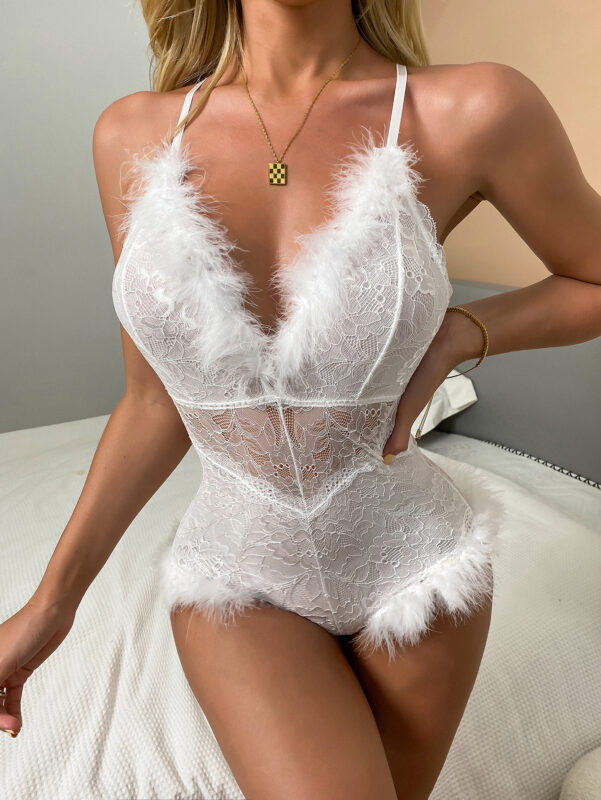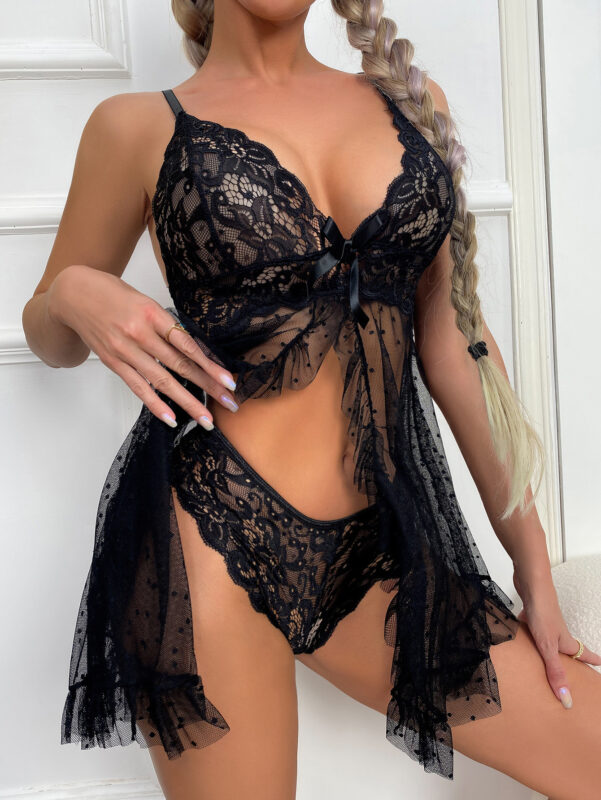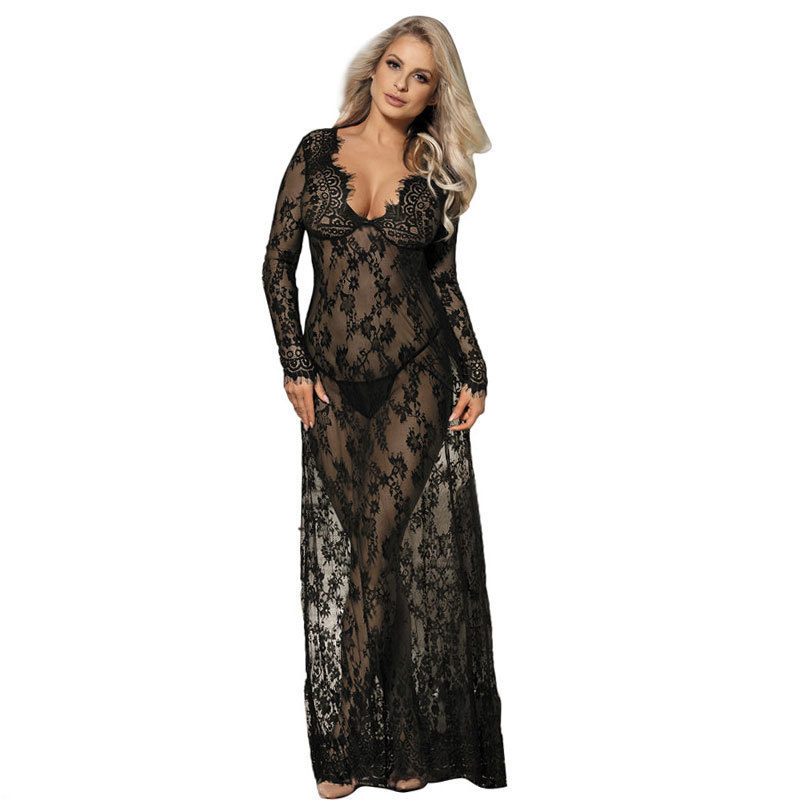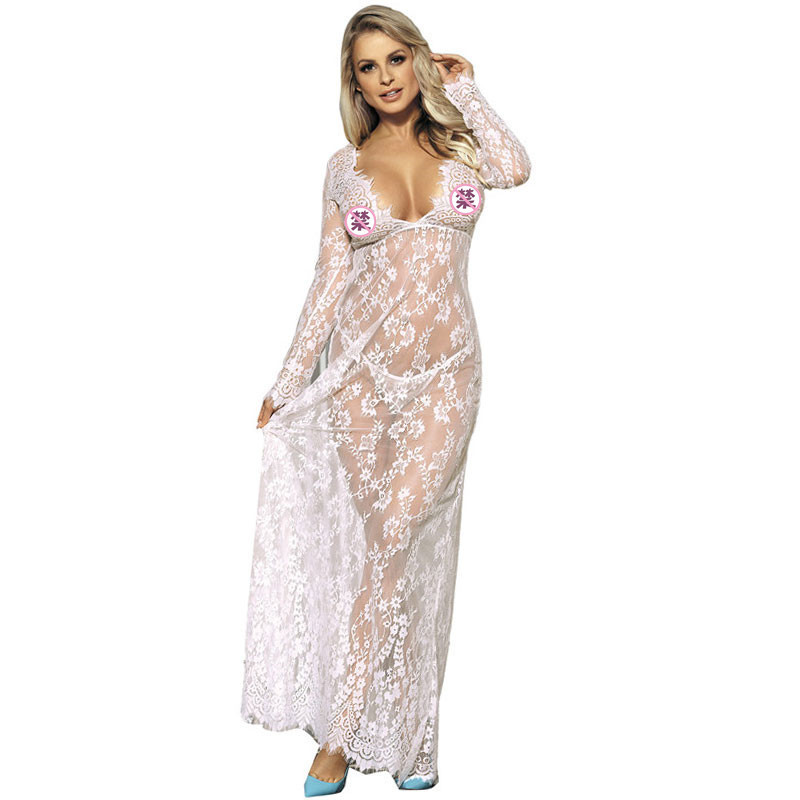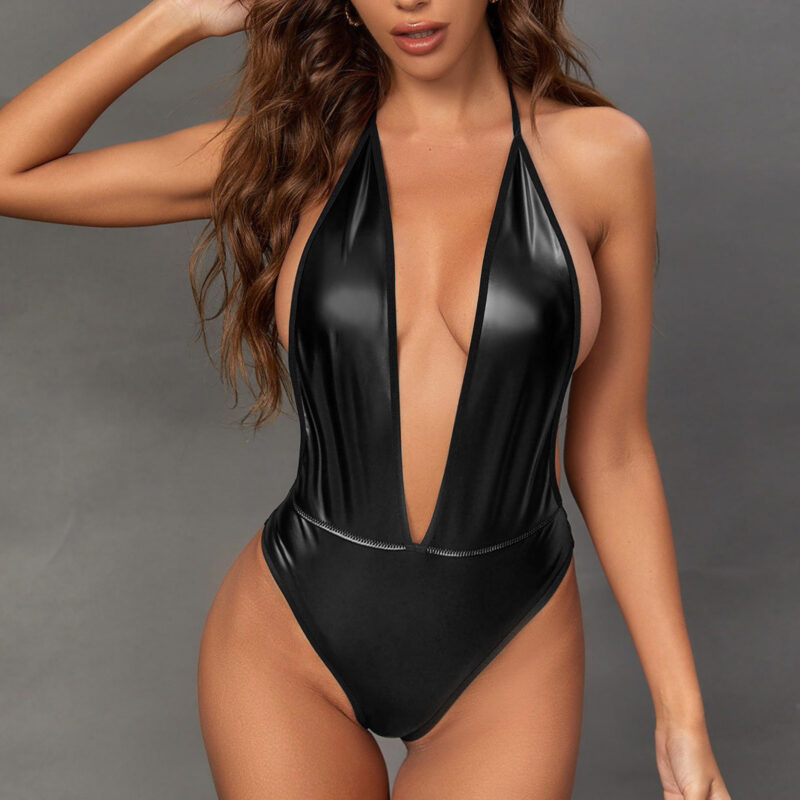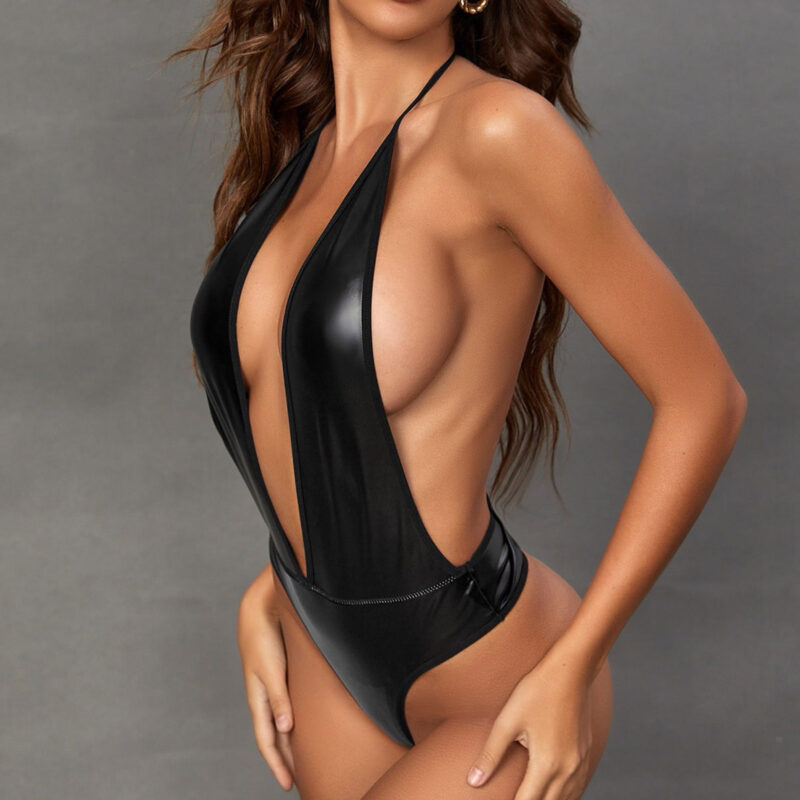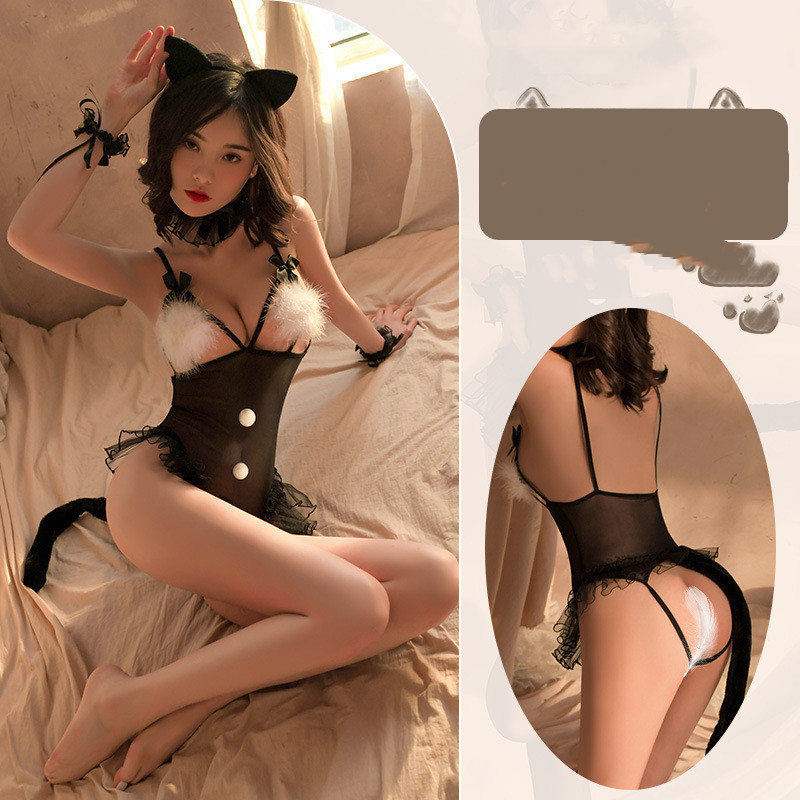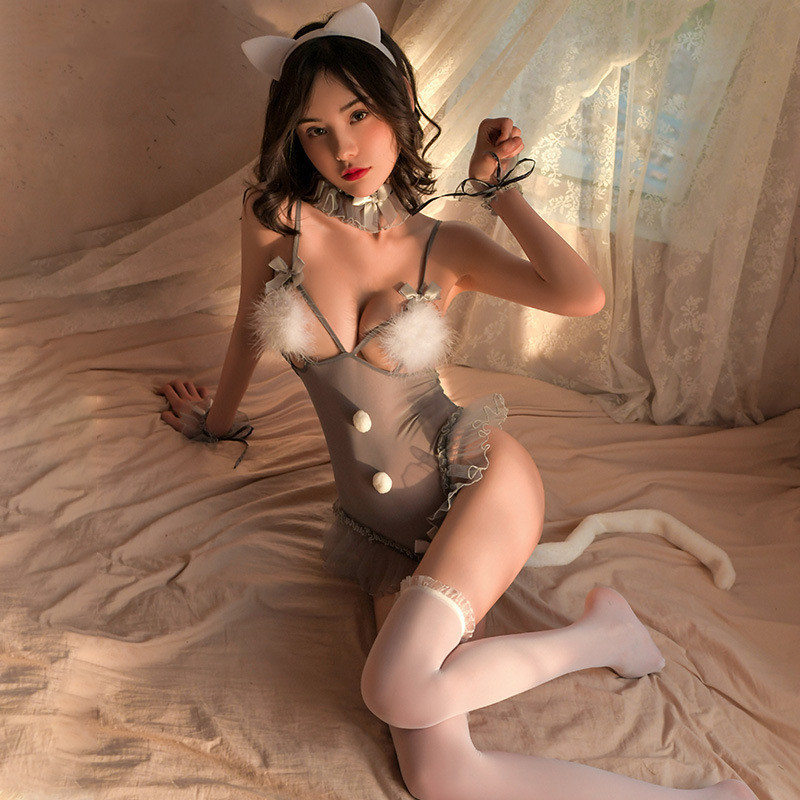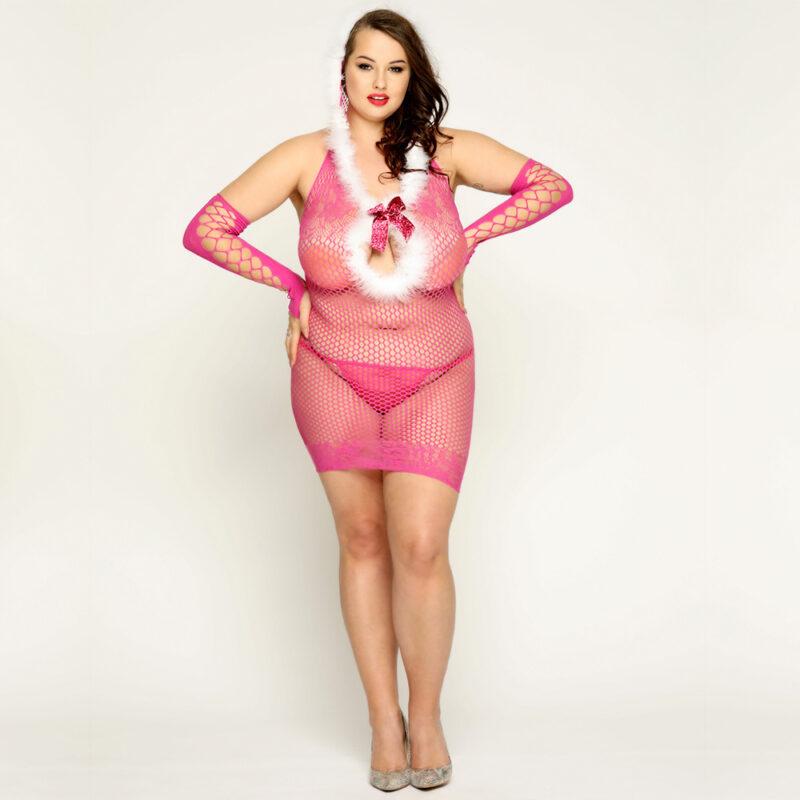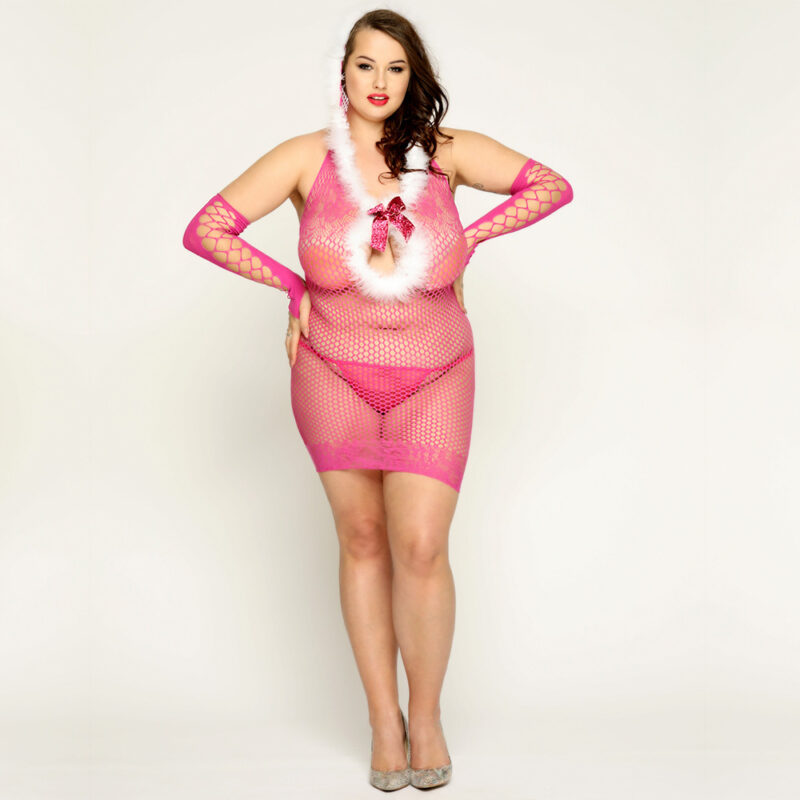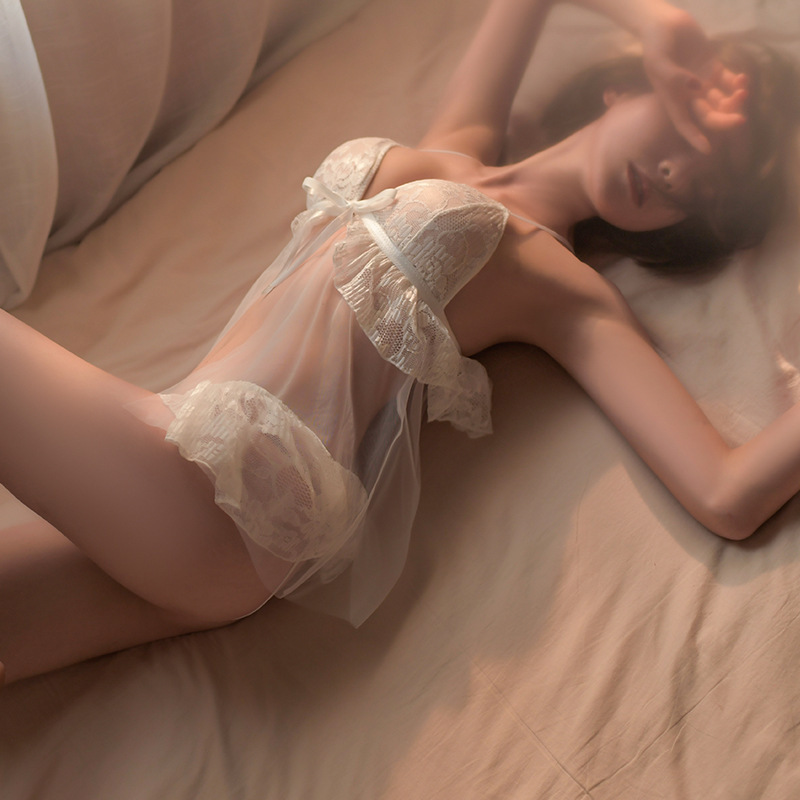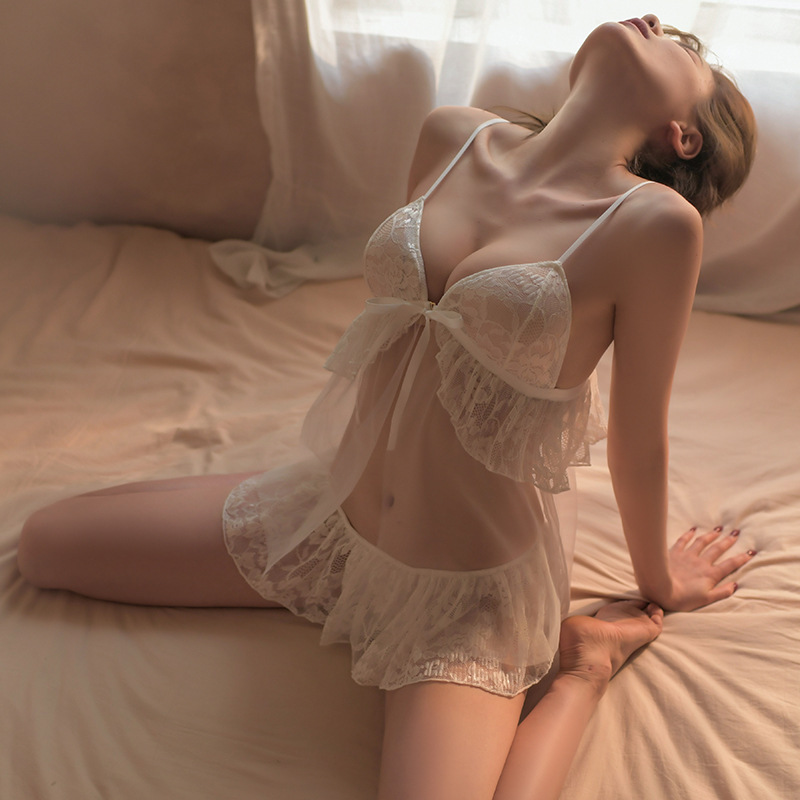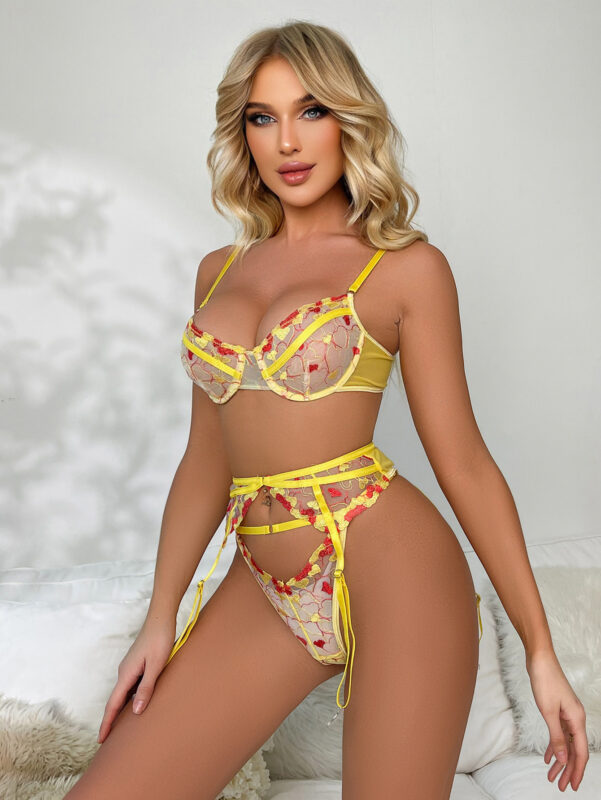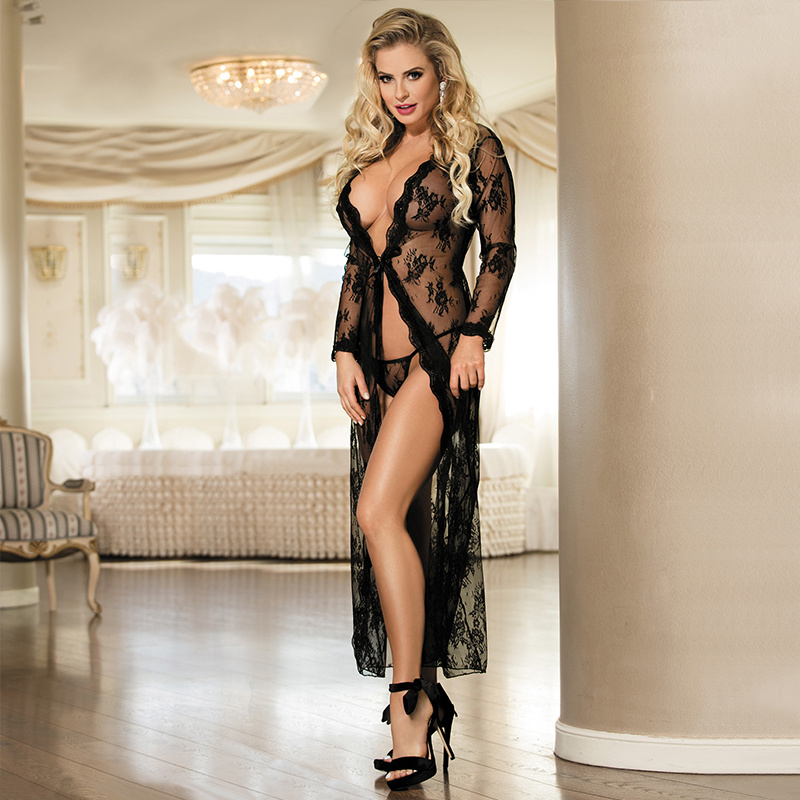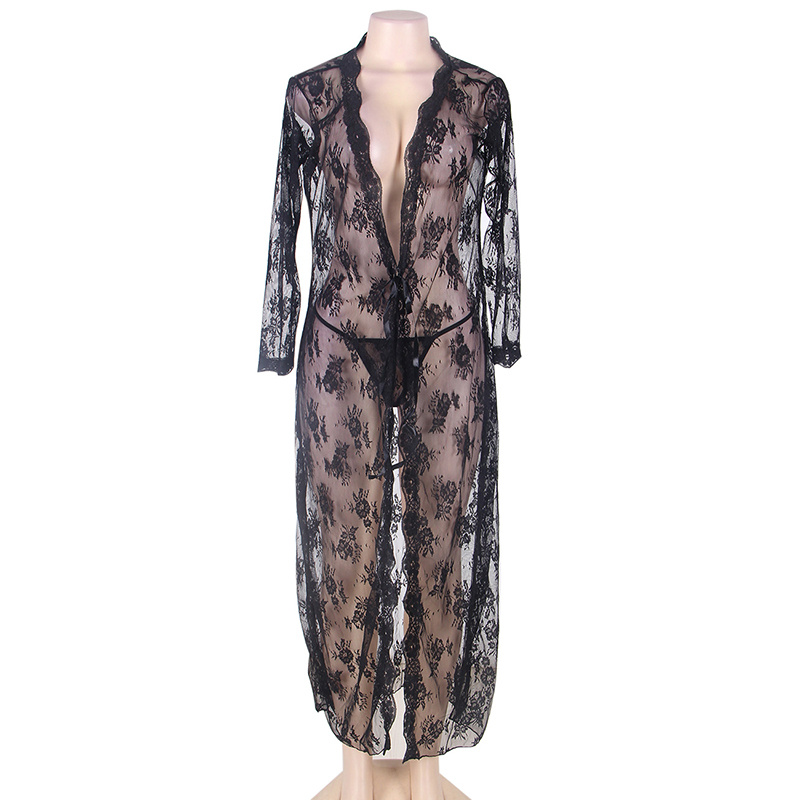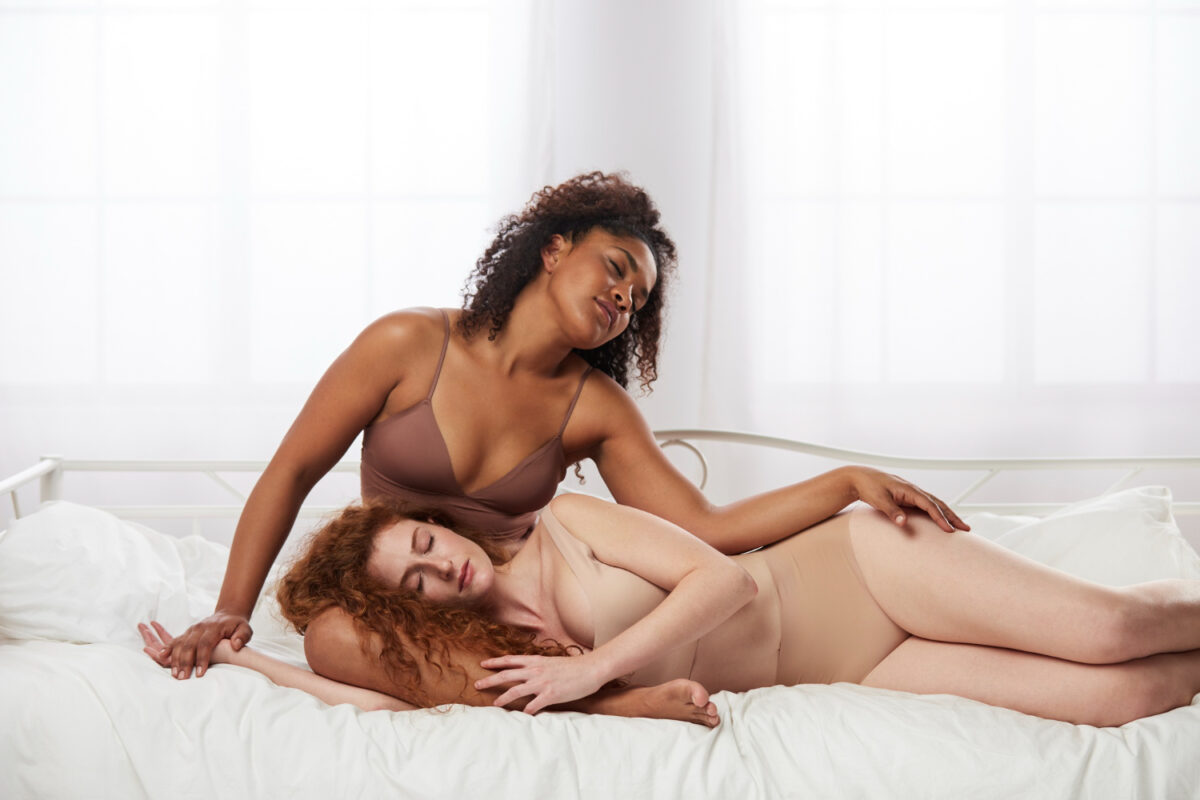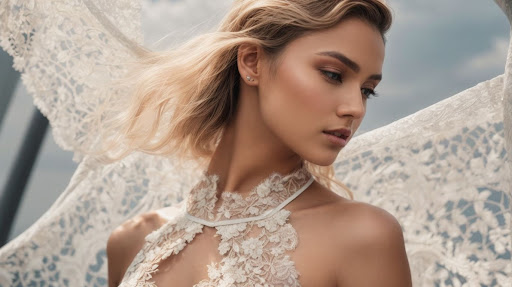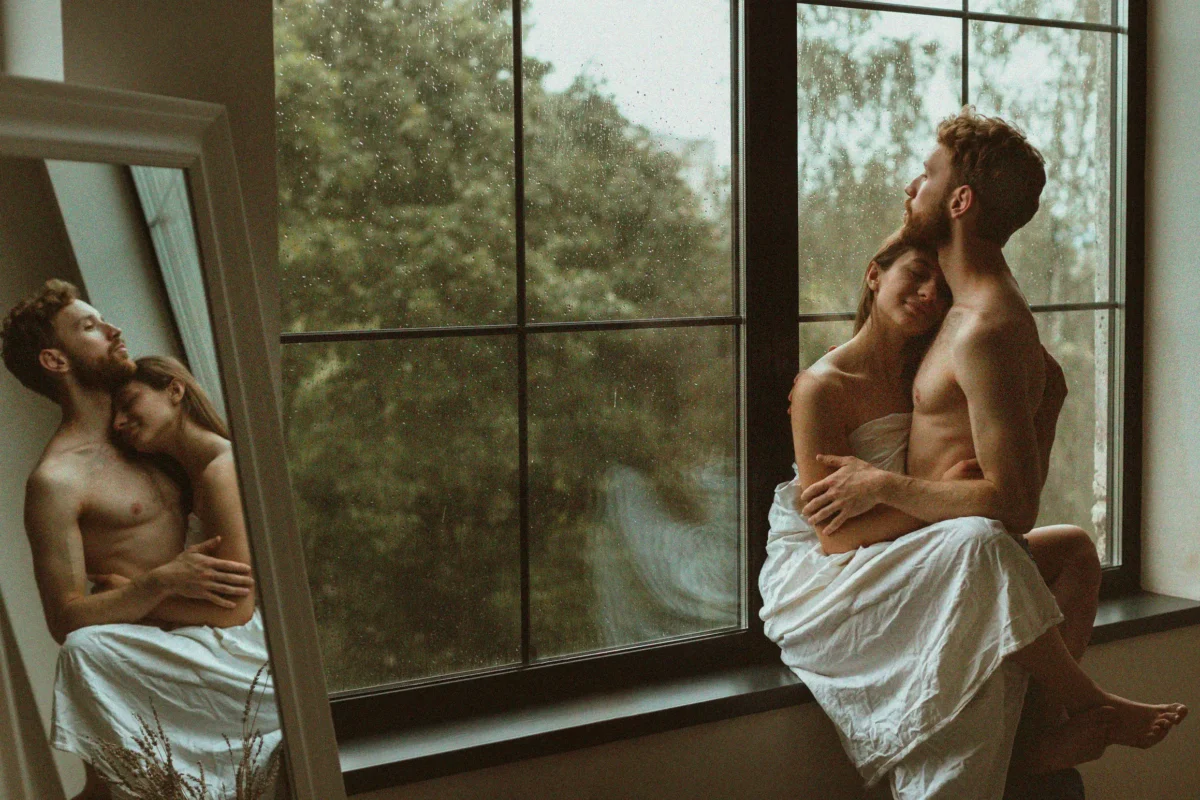The journey of lingerie throughout time is amazing. From restrictive corsets to today's more liberated styles, the garments have changed to match society, fashion, and culture. Delicate lace and silk, and functional designs, lingerie has been a key factor in women's fashion and self-expression.
As far back as the 16th century, corsets were worn by women to create an exaggerated hourglass shape. These were often made with whalebone or steel and tightly laced to shape the waist and lift the bust. Whilst they were essential for a proper ladylike appearance, they caused discomfort for women.
In the 19th century, more flexible undergarments were desired, as women wanted freedom of movement. Mary Phelps Jacob's invention of the brassiere made a huge difference. It supported each breast comfortably and without restricting the body's natural movements.
In the early 1900s, various styles came out that catered to different body types and fashion trends. Bullet bras, inspired by Marilyn Monroe, were popular in the 1950s. Silk teddies were in style during the flapper era, and satin chemises in the 1930s.
Pro Tip: When picking lingerie, think about comfort and fit. Wearing the correct size can make you feel more confident and enhance your outfit choices. Ancient lingerie proves that people have gone through uncomfortable clothing for the sake of looking great.
Table of Contents
ToggleAncient Lingerie: From loincloths to linen undergarments
Throughout history, lingerie has taken a remarkable journey. From olden times to today's styles, undergarments have played a huge role in both fashion and society. Ancient lingerie like loincloths and linen garments reveal much about our ancestors' sartorial tastes and culture.
In Egypt and Rome, loincloths were men's go-to apparel. Providing minimal coverage while allowing free movement, they were simple pieces of fabric. Women, on the other hand, wore more elaborate and attractive linen garments, like the kalasiris of Egypt and the strophium of Rome. These highlighted the curves of the lower body.
The design of ancient lingerie kept getting more intricate. Women in Greece wore apodesmos, an early type of corset. This tightly cinched around the waist, creating a figure-flattering shape. In medieval Europe, special corsets were made from whalebone or metal for an even more exaggerated waistline.
The materials used to make ancient lingerie showed social status. Wealthy people wore fancy embroidery and silk, which was highly prized for its rarity and softness.
Today, many innovations have their roots in ancient lingerie. Styles have changed, but they still reflect a need for comfort, sexiness, and self-expression. Everyone can find something to suit their taste.
We should all understand the importance of ancient lingerie in fashion and culture. Looking back at our past helps us appreciate the present, and encourages us to be open to fashion's ever-evolving landscape. Ancient lingerie is an art form that can inspire modern designs. Let's discover its history and use it to empower us in our personal style.
The Renaissance Era: The rise of corsets and stays
During the Renaissance Era, corsets and stays became prominent fashion items. They shaped the silhouette of women and reflected societal ideals. Let's explore this historical period and its infamous garments.
Corsets and stays were necessities for women who sought the fashionable hourglass figure. These undergarments cinched the waist tightly, creating an exaggerated look. Some interesting details include:
- Symbolizing control over the female body.
- Providing crucial support for the torso.
- Being made with materials such as whalebone or steel.
Susanna Struppia, an Italian designer, played an important role in introducing stays during this era. By understanding their context, we can see how lingerie has evolved into its contemporary styles.
In the Victorian Era, women wore corsets so tight, they could gain insight from their squished organs.
The Victorian Era: Restriction and femininity
The Victorian Era was a time where women had to abide by societal norms. Corsets were the epitome of this era, symbolizing both restriction and femininity. These tightly-laced garments were designed to shape women into an hourglass silhouette, emphasizing a small waist and accentuating the bust.
Women would endure pain and even health issues in order to conform. But corsets weren't only about restriction; they represented femininity and elegance too. Intricate lacework and delicate fabrics added gracefulness.
In addition to corsets, other undergarments were worn. Pantaloons, petticoats, and chemises provided modesty and added bulkiness beneath the fashionable dresses. Although practical, these garments further constrained women's bodies.
Designers today can draw inspiration from Victorian undergarments. Incorporating lacework or patterns can add femininity while still allowing comfort and freedom of movement. Adjustable features like modern-day corsetry can offer support without sacrificing comfort.
This way, women can choose to enhance their curves or opt for a more relaxed fit, based on personal preference. Designers can create lingerie that embraces femininity without compromising individual freedom. Respecting the past and embracing progress are essential to cater to contemporary demands and desires.
The Roaring Twenties: Liberation and new styles
The 1920s marked a new era in lingerie. Women said goodbye to tight corsets and instead embraced comfortable and liberating undergarments like chemises, camisoles, and slips. Luxurious fabrics like silk and satin made these modern designs even more fashionable.
This decade also saw a shift in attitude. Lingerie was no longer a taboo subject; instead, it was openly discussed and celebrated. Magazines featured lingerie fashion trends and advice. Women could now express themselves through their choices.
Undergarments also had a major influence on outerwear. Tube-like bras and girdles created a sleek silhouette. These garments gave women confidence in their bodies.
In 1912, Paul Poiret revolutionized lingerie design with his 'La Rose d'Alexandrie' ensemble. This daring combination of lace, silk ribbons, and a diaphanous skirt was shocking at the time but set the stage for creative interpretations of lingerie.
The Roaring Twenties ushered in a period of liberation and self-expression. It challenged beauty standards and had a lasting effect on lingerie styles.
The Modern Era: From push-up bras to seamless underwear
Push-up bras have come a long way since Mary Phelps Jacob patented her design in the early 20th century. Now, they provide enhanced support and lift for a fuller and more defined cleavage. Padding and underwire ensure comfort while flattering the figure.
Seamless underwear has also gained popularity. Made from microfiber or lace, it eliminates visible panty lines. This allows women to wear tight-fitting clothing with confidence and a smooth silhouette.
Modern lingerie goes beyond push-up bras and seamless underwear. Sports bras provide optimal support during physical activities. They are designed with moisture-wicking fabrics to keep the body cool and dry.
Maternity lingerie caters to pregnant women's changing bodies. These specialized garments provide necessary support for growing bellies and breasts, as well as maximum comfort.
Modern lingerie offers women functionality and support, as well as the chance to express their personal style and confidence. From push-up bras to seamless underwear and beyond, lingerie celebrates the beauty of all shapes and sizes.
Contemporary Lingerie: A reflection of individuality and empowerment
Lingerie has come a long way, now celebrating individuality and empowering those who wear it. Colorful, varied styles and sizes provide confidence-boosting options for all. Fabrics like lace and silk add a luxurious touch, while adjustable straps, stretchy bands, and seamless stitching make modern lingerie comfortable on any body type. Plus, inclusive sizes celebrate body positivity.
Dita Von Teese’s lingerie line is a prime example of embracing sensuality without restriction. Vintage-inspired designs with modern elements make it stunning and freeing.
Lingerie has been inspiring and uplifting since the beginning!
Conclusion
Exploring lingerie's history, we have seen fashion and social norms change drastically. Corsets of the past have been replaced by comfy, individual styles. This evolution reflects women's changing roles and aims. Corsets showed society's expectations, like specific waist shapes. But, as women got more independence, lingerie changed. Soft fabrics and intricate designs allowed women to love their bodies.
Pop culture has had an influence, too. From Marilyn Monroe's Bullet Bra in the 50s, to daring styles on catwalks today, lingerie has become a symbol of sexiness. Designers have broken down the barriers between undergarments and outerwear, over the decades.
Going forward, it's essential for lingerie brands to stay inclusive and diverse. They should provide a range of sizes and cater to all body types. Representing various skin tones in their campaigns is also important. Plus, prioritizing sustainability in production methods will help the industry become green.
Frequently Asked Questions
- How did lingerie evolve from corsets to contemporary styles?
Lingerie has undergone a significant evolution over the years. Corsets were popular in the past, tightly shaping the waist and emphasizing an hourglass figure. However, as fashion and women's liberation progressed, corsets gave way to more comfortable and flexible undergarments. Today, contemporary lingerie comes in various styles, materials, and designs that cater to individual preferences and body types.
- When did lingerie start becoming a fashion statement?
The shift towards lingerie as a fashion statement began in the late 19th and early 20th centuries. During this time, designers started creating undergarments with more intricate lacework, embroidery, and decorative elements. Lingerie became a symbol of femininity and luxury, reflecting changing societal attitudes towards women's fashion.
- What role did the World Wars play in lingerie history?
The World Wars had a significant impact on lingerie history. During World War I, steel was redirected from corset production to support the war efforts, leading to the rise of softer and less restrictive undergarments. In World War II, materials like silk were rationed, resulting in the use of more affordable fabrics. These events contributed to the gradual shift towards more practical and accessible lingerie.
- How did the feminist movement influence lingerie design?
The feminist movement of the 1960s and 1970s brought about a major change in lingerie design. Women began to reject garments that were primarily designed for the male gaze and sought lingerie that prioritized their comfort and self-expression. This led to the introduction of bralettes, sports bras, and other lingerie styles that catered to a wider range of body types and embraced individuality.
- What is the significance of lingerie in modern society?
Lingerie has gained importance beyond being just underwear. It serves as a form of self-expression, empowering individuals by allowing them to embrace their unique style and sexuality. Modern lingerie also promotes body positivity, with a focus on inclusivity and diversity, celebrating all shapes, sizes, and backgrounds.
- How has technology influenced contemporary lingerie?
Technological advancements have revolutionized contemporary lingerie. Fabrics such as microfiber and breathable materials provide comfort and ensure a better fit. Additionally, advancements in manufacturing techniques allow for intricate designs and seamless finishes. The availability of online shopping and virtual fitting tools has made lingerie more accessible to all, enhancing the overall shopping experience.



